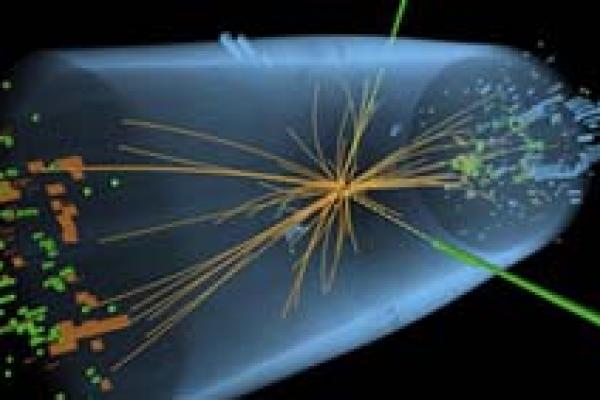Article


The Higgs boson
And finally, here is how the famous Higgs boson gets into the picture.


This series of accessible articles traces the history of quantum field theory, from its inception at the beginning of the twentieth century to the tantalising questions that are still open today.